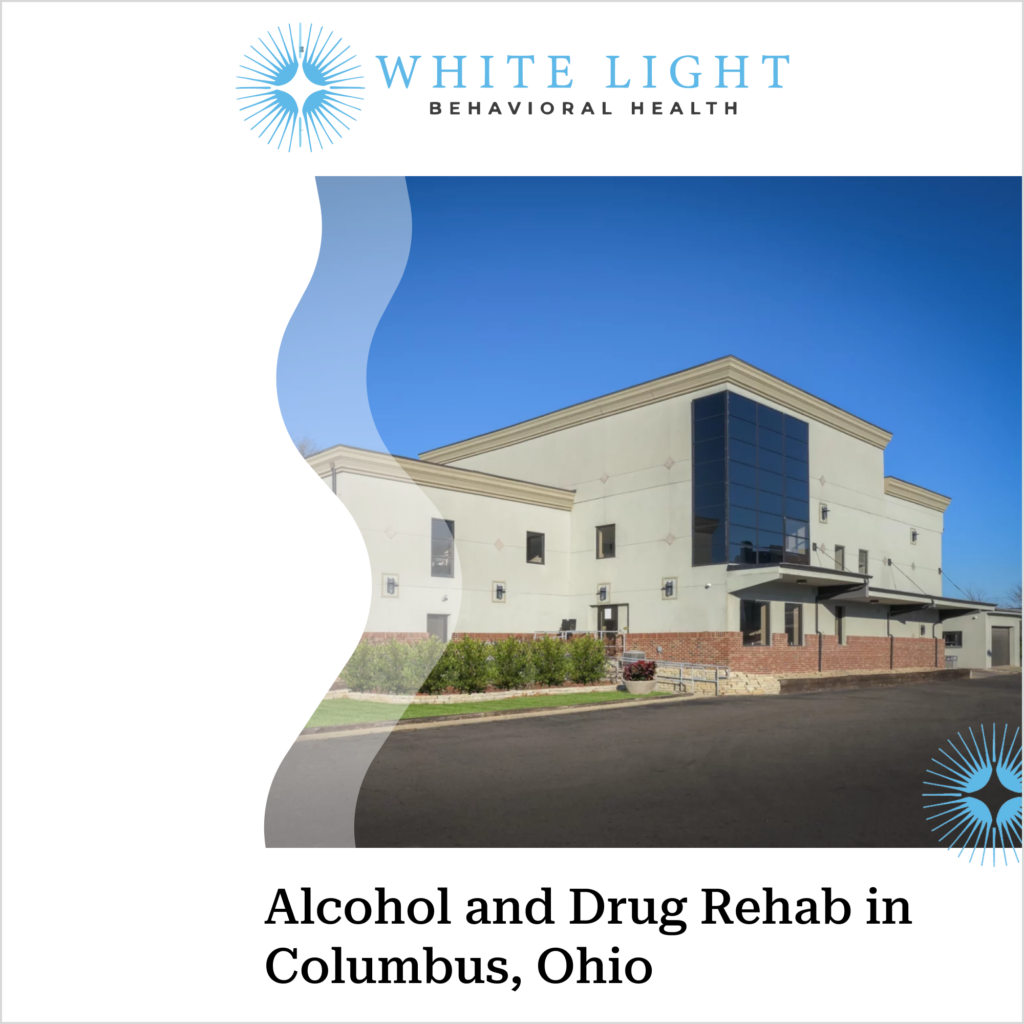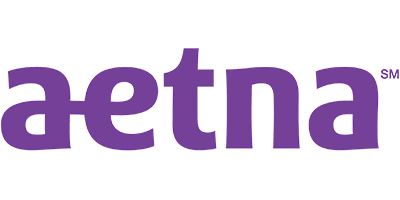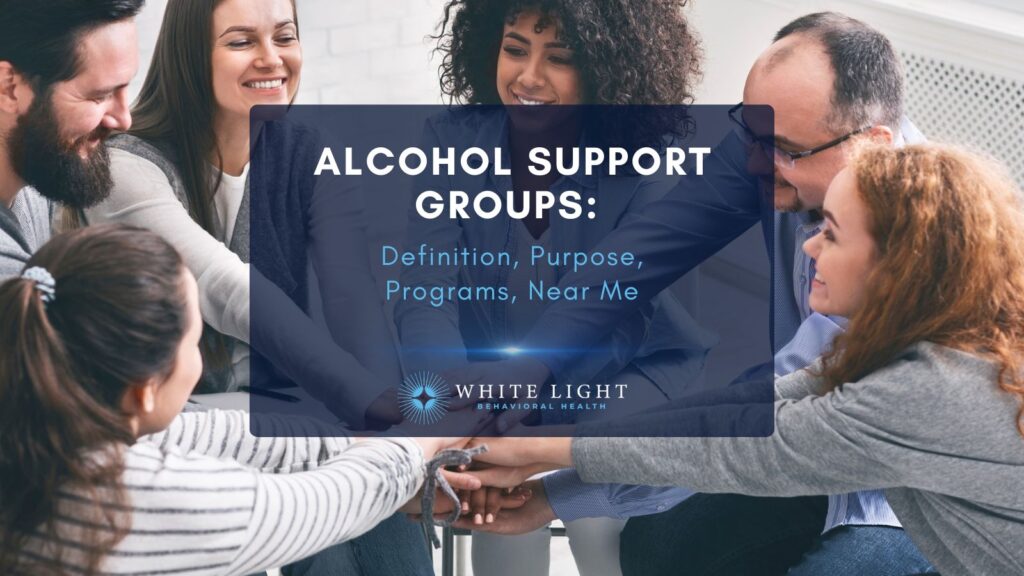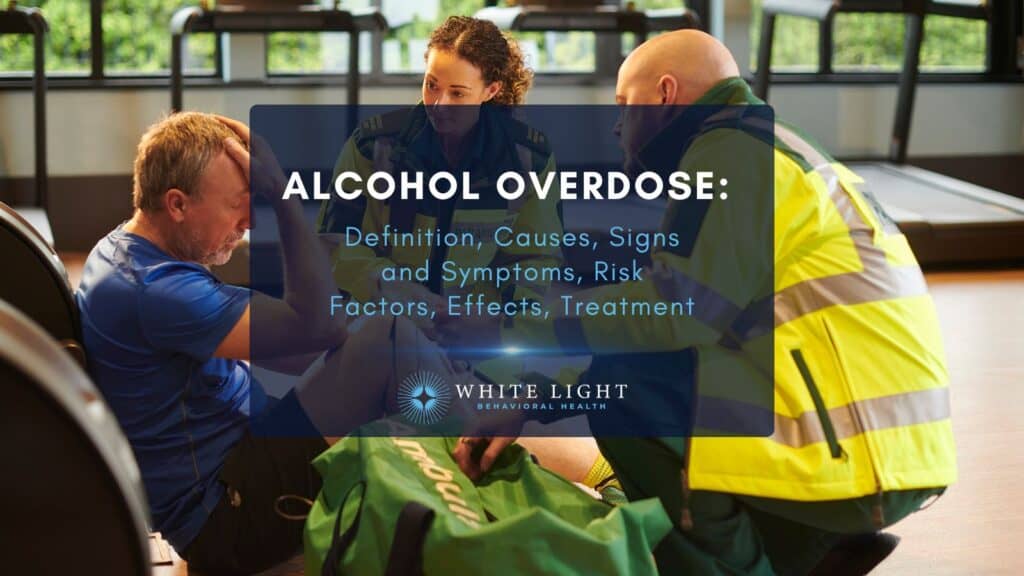Contingency Management (CM): Definition, Technique, Usages and Benefits.
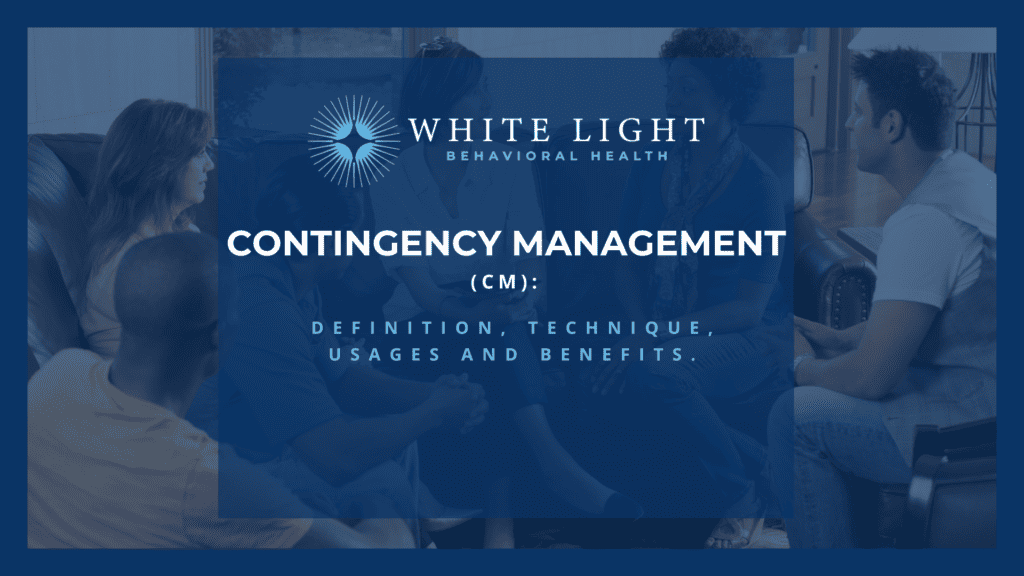

What Is Contingency Management?
Contingency management as an addiction treatment tool is a form of positive reinforcement. Someone participating in such a program may receive vouchers for food, movies or gas when they follow the steps of their plan.
Did you know most health insurance plans cover substance use disorder treatment? Check your coverage online now.
Operant Conditioning: The Basics of Behavioral Change
Operant conditioning and the science behind it date back to the 1930s. Both negative and positive reinforcement concepts have been around longer than that, but the scientific data and related experiments are attributed to B.F. Skinner.
Negative Reinforcements
Functionally, negative reinforcement can be used to train people to choose certain behaviors. This process can be explained simply.
If you set an alarm each day, a loud and possibly irritating noise will interrupt your sleep until you do something about it. Act on the alarm clock and the noise goes away.
You have removed the negative, or the noise, and gained something that pleases you, which is quiet.
The stronger version of negative reinforcement is punishment. Properly applied, punishment can be an appropriate tool to stop inappropriate behavior.
Punishment has been used to correct criminal behavior often associated with drug use. However, the legal system does not always provide an immediate and consistent negative experience to prevent people from continuing their illegal behavior.
An addict who steals from another person to come up with cash for drugs may eventually be punished with jail time for theft. However, if they have successfully stolen from others before, light legal punishments may not help change their future intentions to do what they have to do to get drugs.
More Resources on Addiction:
Positive Reinforcement
Positive reinforcement refers to rewarding a desired behavior with a positive consequence. A child may clean their room as instructed and receive a treat or a toy.
If the child then chooses to clean their room on their own the next time, the same positive reinforcement may be needed to make the habit stick. Such treats or toys are known as tangible reinforcements.
When the parent stops using them, the good behavior may go away.
Token Reinforcements: More Choices, Longer Benefits
Contingency management in drug rehab is generally related to token reinforcers. A token is something that can be exchanged for something else. For example, someone dealing with opioid addiction may have the option to choose a bus token or gas gift card, which can cover the cost of visiting the testing site.
There is great power in earning a token reinforcement. With a token in your pocket, you can choose to seek help. Tokens offer a chance to rebuild a sense of control over your actions and your life that you may have lost.
The Chemistry of Addiction
One of the greatest challenges of addiction is that, at least in the early stages, addictive substances offer a lot of positive feelings. The first beer after a hard day allows you to feel a certain satisfaction.
Eventually, getting to that level of relaxation and pleasure takes more than one beer. Your body, brain, and spirit grow so accustomed to the feelings created by alcohol that you crave or need it.
Many illegal drugs overload the dopamine receptors in the brain to the point that they shut down. In such cases, the only way to feel that similar pleasure is to use more of the drug.
For addicts who are actively using, punishment therapies can lead to agonizing withdrawal according to Chen, Wan et al. “Role of Dopamine Signaling in Drug Addiction.” Current topics in medicinal chemistry vol. 17,21 (2017).
Helping addicts manage detox and go through withdrawal often takes positive reinforcement from many angles. The early stages may simply include hydration and nutritional support to move past the harshest cravings and the physical symptoms that come with physical withdrawal.
Once this difficult phase has been overcome, training the brain to stop seeking the pleasure provided by drugs and alcohol will take many types of support. This support can include rewards for positive choices.
Contact us today to schedule an initial assessment or to learn more about our services. Whether you are seeking intensive outpatient care or simply need guidance on your mental health journey, we are here to help.
What Are The Long-Term Benefits of Contingency Management?
One of the greatest benefits of contingency management as part of long-term outpatient rehab is that people come back more regularly according to Petry, Nancy M et al. “Contingency management treatment for substance use disorders: How far has it come, and where does it need to go?.” Psychology of addictive behaviors : journal of the Society of Psychologists in Addictive Behaviors vol. 31,8 (2017).
For those amid a court-appointed rehab process, the process of learning to live without using may not feel like it provides many benefits. Addicts who have lost connection with friends and family due to drug use may feel a loss of community when working through rehab, leading to isolation and despair.
The friends you used drugs with may not have been good for you, but they did prevent you from being alone. Tokens and rewards of contingency management can make the rehab process a more rewarding experience.
There is also great confidence gained in earning something. For people who have lost control of their lives due to alcohol and drug use, the function of a token is tangible.
You take the required action and earn the expected reward. The benefit is immediate and is tied to the action that earned it.
The token is also portable. If you don’t need to use this movie pass or grocery voucher right away, you can save it for something you deem necessary.
It’s a resource that you control. It is also altruistic.
Many people in the grip of deep addiction find that the drug is high on the list of what is necessary for survival. Their ability to care for others is limited, even if they realize that they are neglecting their household.
To be able to use a token for the benefit of another can create a tremendous physical and emotional benefit. Giving fires up the pleasure centers in the brain.
Those who suffer from underlying medical conditions also gain benefits from contingency management. For those suffering from anxiety, depression, and PTSD, these rewards provide a benefit that standard treatment does not seem to offer.
Those who use illegal drugs or alcohol and undergo treatment can also reduce their other addictive behaviors, such as cigarette use. Finally, those who have suffered multiple relapses still show more positive outcomes when earning rewards than those who simply stay out of legal trouble through the end of their treatment.
Contingency Management and Shame Culture
- Sadly, many people in society see addiction as a sign of weakness. The concept that people can overcome addiction with willpower is both incorrect and destructive.
Worse, households that use shaming to control behavior can push people toward anxious thoughts, depression, and drug use as a form of self-medication.
- The general population often struggles to understand the difficulties experienced by those with substance use disorders. They have never experienced the changes to the brain that are caused by drugs.
Therefore, people often look down on those suffering from addiction.
- Many in the grip of addiction continue to function until the fragile structure around them falls apart. An addict may be able to keep a household going, keep a job, and even pay the bills.
On the other hand, an active alcoholic may be arrested for DUI or hurt someone in a wreck before the illness is diagnosed and addressed. The outside world may well focus on the punishment for criminal behavior instead of treatment for a disease.
- Because much of our culture shames addicts, the inability to understand just how much work has to go into a successful recovery can leave recovering addicts feeling like a burden.
Overcoming addiction is a 24-hour-a-day job. You have to retrain your brain and rebuild your body while the cravings work to distract you.
The ability to treat your brain to a different reward, such as the hope of a contingency management token, can be incredibly helpful.
What Is The Difference Between Contingency Management Therapy and Acceptance and Commitment Therapy (ACT)?
Contingency Management Therapy is a behavioral intervention that uses positive reinforcement to encourage desired behaviors, particularly abstinence from substance use. The therapy is based on the principle that rewarding positive behaviors increases the likelihood of these behaviors being repeated. In the context of substance use disorders, CM involves providing tangible rewards, such as vouchers, cash incentives, or other prizes, to individuals who meet specific behavioral goals, such as maintaining sobriety or attending therapy sessions.
The rewards are contingent on the individual’s demonstration of the desired behavior.A patient undergoing treatment for cocaine addiction might receive a voucher for every drug-free urine test. These vouchers can be exchanged for goods or services, providing an immediate and tangible incentive for the patient to remain abstinent.
Acceptance and Commitment Therapy (ACT) is a form of psychotherapy that helps individuals accept their thoughts and feelings rather than fighting or feeling guilty for them. It combines acceptance and mindfulness strategies with commitment and behavior change techniques to increase psychological flexibility.
Application in Treatment (ACT) is used to treat a wide range of psychological issues, including anxiety, depression, PTSD, and substance use disorders. The therapy involves six core processes: acceptance, cognitive defusion, being present, self as context, values, and committed action. These processes help individuals develop a new, more accepting relationship with their internal experiences and commit to actions aligned with their personal values.
A person struggling with alcohol addiction might use ACT to accept the cravings and urges they experience without acting on them. Through mindfulness exercises and values clarification, the individual learns to focus on what truly matters to them (such as family and health) and commits to actions that support these values, even in the presence of uncomfortable thoughts and feelings.
While both CM and ACT aim to support individuals in overcoming substance use disorders, they differ significantly in their approaches and underlying principles. CM focuses on modifying behavior through external rewards, providing immediate incentives for positive actions such as maintaining sobriety.
This approach is highly effective in the short term, particularly for promoting abstinence and increasing treatment retention. In contrast, ACT focuses on internal psychological processes, helping individuals accept their thoughts and feelings and commit to value-driven actions.
Acceptance and Commitment Therapy (ACT) promotes long-term psychological flexibility and personal growth by aligning behavior with deeply held values. CM is primarily used for substance use disorders, while ACT is applied to a broader range of psychological conditions, emphasizing holistic mental health and well-being.
Share This Post
